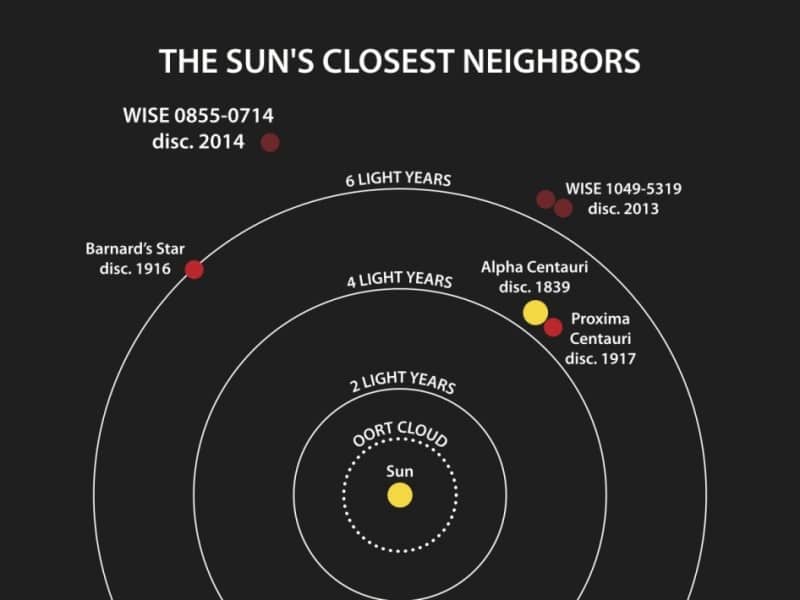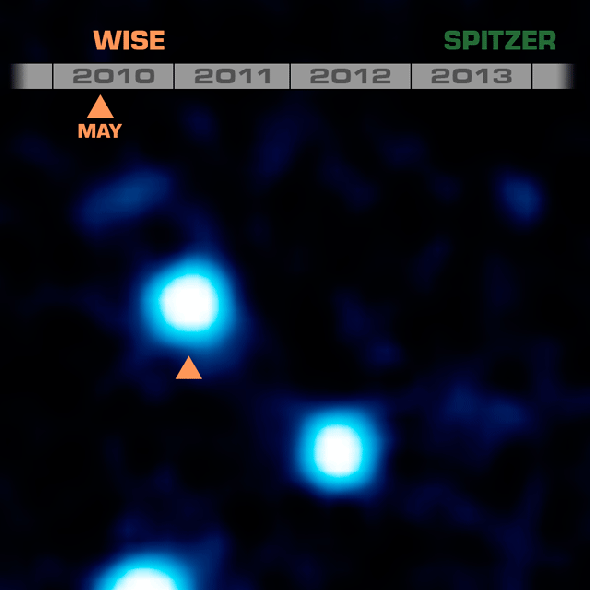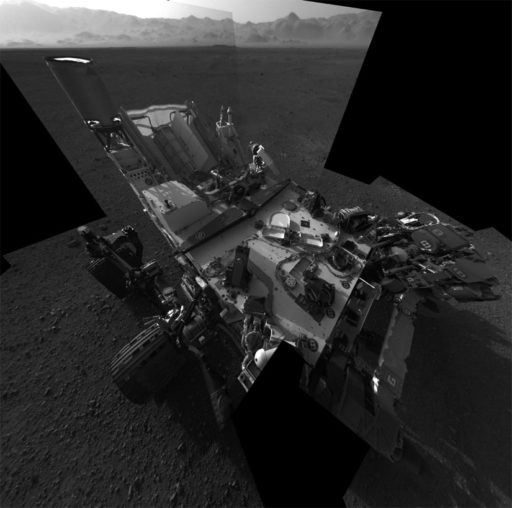To astronomers, space is one of the most charming things. Lately, some astronomers have spotted a relatively nearby star-like object known as a brown dwarf that is literally as cold as ice. Most importantly, its Arctic temperatures make itself the coldest brown dwarf in this planet.
Brown dwarfs are dim, star-like bodies. They are born like stars, as a collapsing ball of gas, but they lack the mass to burn nuclear fuel and radiate starlight. However, the newfound brown dwarf named WISE J085510.83-071442.5 is only 7.2 light years away from Earth, slightly farther than the closest star system to the Sun, Alpha Centauri, which is about 4 light years away.
Using NASA’s Wide-field Infrared Survey Explorer (WISE) and Spitzer Space Telescope, astronomers found WISE J085510.83-071442.5. This object has temperatures similar to Earth’s North Pole. The temperature on this cool brown dwarf is between minus 54 and 9 degrees Fahrenheit (minus 48 to minus 13 degrees Celsius).
Kevin Luhman, an astronomer at Pennsylvania State University’s Center for Exoplanets and Habitable Worlds, University Park, said, “It’s very exciting to discover a new neighbor of our solar system that is so close. And given its extreme temperature, it should tell us a lot about the atmospheres of planets, which often have similarly cold temperatures.”
On the other hand, Michael Werner, the project scientist for Spitzer at NASA’s Jet Propulsion Laboratory in Pasadena, California said, “It is remarkable that even after many decades of studying the sky, we still do not have a complete inventory of the sun’s nearest neighbors. This exciting new result demonstrates the power of exploring the universe using new tools, such as the infrared eyes of WISE and Spitzer.”
WISE J085510.83-071442.5 is estimated to be 3 to 10 times the mass of Jupiter. With such a low mass, it could be a gas giant similar to Jupiter that was ejected from its star system. It is to be noted here that cool objects like brown dwarfs can appear to be invisible when viewed through a visible-light telescope. But infrared imaging can usually detect them. When studying multiple images of a field of space, objects that are closer to Earth will appear to move the most against the background.
[ttjad keyword=”mac”]






